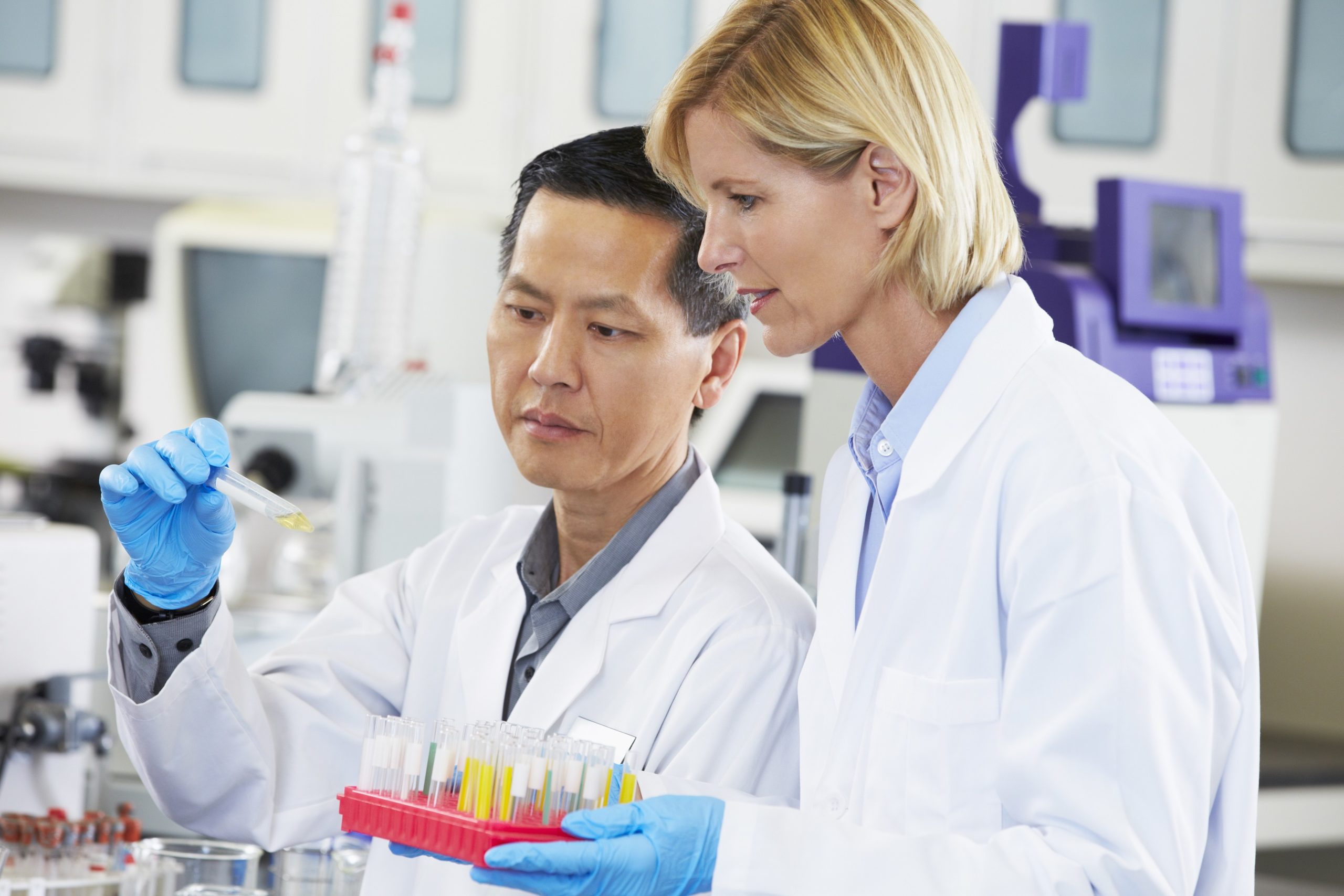Aseptic technique is the practice and procedures utilized to prevent contamination from pathogens. There are four main types of aseptic technique, barriers, patient equipment and preparation, environmental controls, and contact guidelines[1]. Each plays an important role in preventing infection.
Barriers protect the patient or product from the transfer of pathogens from personnel, the environment, or both. Some barriers include sterile gloves, sterile gowning, masks, and sterile drapes. A sterile barrier has not touched a contaminated surface.
Sterile equipment and instruments are also utilized. In healthcare, providers will apply cleansing and bacteria-killing preparations to the patient’s skin before a procedure to protect the patient. In pharmaceuticals, sterile forceps, and VHP cycles will be utilized to ensure the manufacturing area is clean.
Environmental controls require maintaining a sterile environment through processes such as keeping doors closed during manufacturing or an operation and keeping the number of individuals in a room at a minimum. Environmental controls can be monitored through environmental monitoring.
Contact guidelines refer to healthcare providers only touching other sterile items once sterile barriers have been placed on. Healthcare providers must avoid touching nonsterile items and surfaces at all costs. The same guidelines apply to sterile devices during pharmaceutical manufacturing.
Aseptic technique is required in the pharmaceutical manufacturing and healthcare industry. If your company needs assistance with its aseptic techniques, EMMA International can assist. Contact us by phone at 248-987-4497 or by email at info@emmainternational.com.
[1] Medical News Today (November, 2018) What is Aseptic Technique?. Retrieved on March 28, 2022 from https://www.medicalnewstoday.com/articles/323615#types





